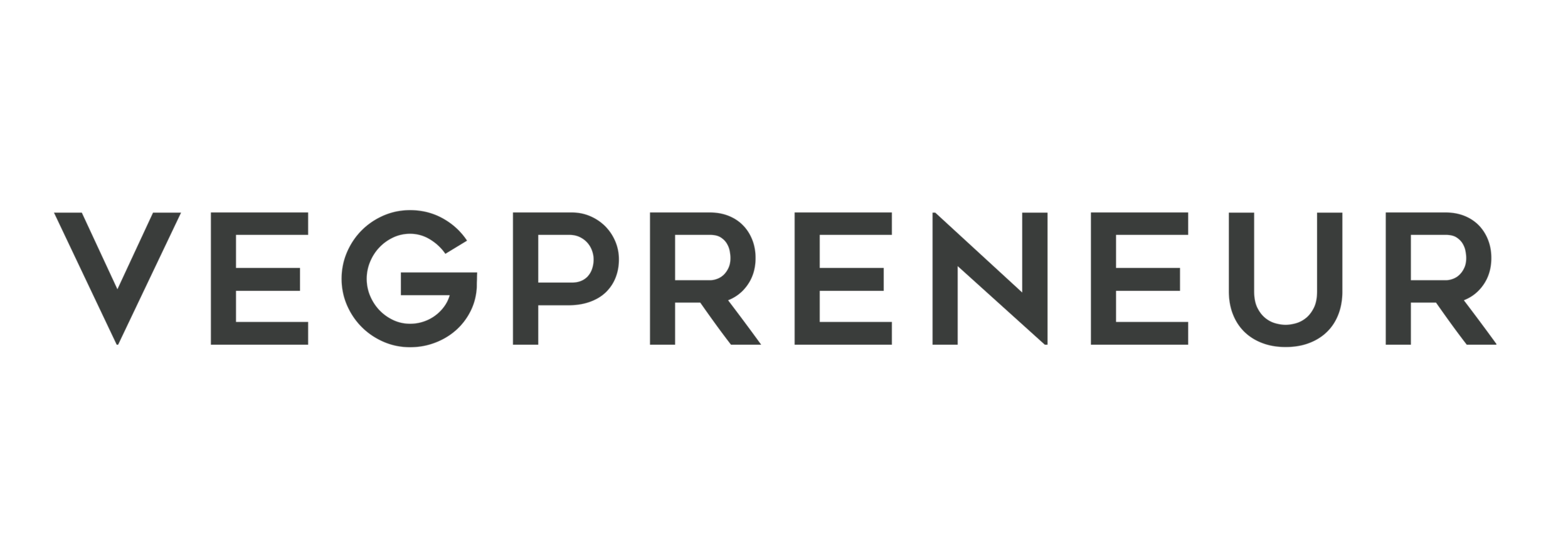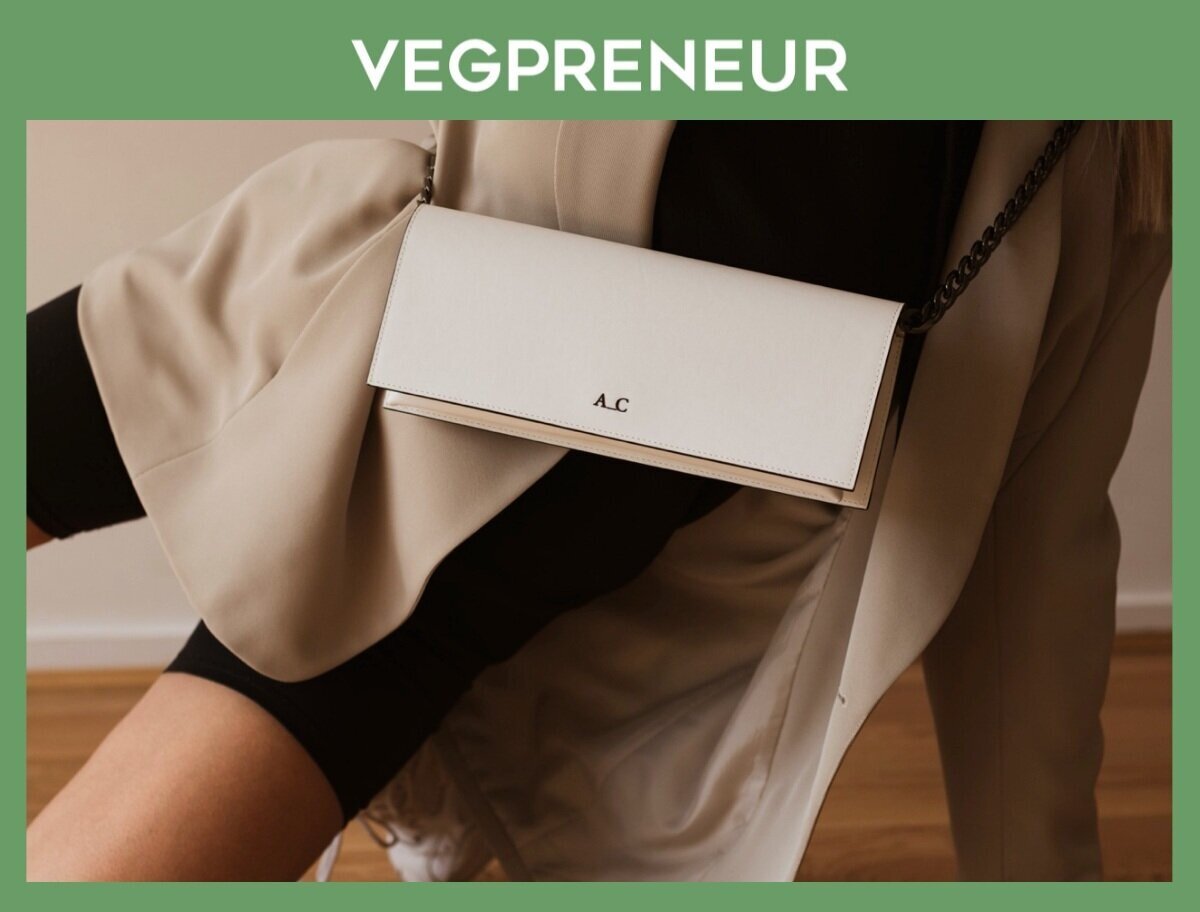Disrupting the Luxury Fashion Industry from Within: How Veshin is Evolving a Major Manufacturer Into a Green Pioneer
It’s not a rebrand and nor is Veshin a startup in the traditional sense. What it is, is something entirely new, self-aware and aimed squarely at redefining sustainable manufacturing in Asia.
Written by Joey Pringle of Veshin
Joey Pringle (Middle), Hongliang Yu (Right) with Veshin’s executive director Xiao Wei (Left) in Guangzhou 2019
Preparing for a Change in Direction
‘Made in China’ has rarely, if ever, been a moniker synonymous with environmentally-friendly or ethically-driven production methodologies, but that’s not to say that change isn’t possible. Before you gird yourself for a romanticized tale about how a luxury fashion manufacturer overhauled its image and became a champion for all things sustainable in record time, take a breath. This is a lesson in driving lasting change from a place of patience, awareness, and commercial astuteness.
The ultimate aim is for Veshin to offer a comprehensive and sustainable alternative to traditional animal leather manufacturing, for the luxury fashion sector. With a tangible rise in demand for such options, this is not only a shrewd business decision but one that will tug at the thread of environmental concerns as well. But how does an organization that has always specialized in one discipline suddenly flip and look to serve a very different purpose? That’s where personal ethics and a sense of higher responsibility play a significant role.
Speaking about the moment of enlightenment that led to Veshin being founded, Pringle revealed: "The main reason for Veshin coming about is that Hongliang is a converted Buddhist and he wants to make positive environmental change. Having a business that specializes in animal leather is something that just does not align with his values now.”
Combined with his own desire to bring about fundamental and systemic change from within the fashion industry, Pringle and Yu formed a partnership that would allow Hermia, the current incarnation of Yu’s enterprise, to evolve into Veshin. But of course, this will take time.
Hongliang Yu (Right) & Xiao Wei (Left) celebrating fashion revolution week 2020
The Lay of the Land
Hermia is an impressive facility. Working with some enormous and globally revered brands within the luxury fashion sector, it has garnered a reputation for quality and unrivaled craftsmanship, over a decade of operation.
The factory is modern, efficiently geared towards large capacity production, and is manned by around 100 trained employees who are fully supported in their work. Making the switch from premium leather goods to sustainable alternatives might take time, but educating the staffing body and retaining the level of excellence already achieved won’t be an issue, as Pringle revealed: “It would be impossible to change how Hermia operates overnight, which is why we created the Veshin factory.”
Production floor at Hermia 2020
As it currently stands, it will be a similar factory model to Hermia however the major difference will be that any brand working with Veshin, we hope, will align with our core values of sustainability, radical transparency, using vegan materials, raising consciousness, and giving back to our wonderful planet."
With transparency firmly at the forefront of the new business model, Pringle is quick to acknowledge that the pricing structure of Veshin will be higher than most other Asian factories, but he and Yu both see this as the inevitable cost of working to higher ethical and quality standards. Nobody ever said that being a benchmark for sustainability and craftsmanship would be a low-cost endeavor and if luxury brands want to tap into the lucrative conscious consumer trend, they’ll need to work with a factory that represents and reinvents them in the eyes of their customers.
Potential new brand partners will find themselves in great company, as Hermia has spent the best part of ten years growing its client base to include the likes of Paul Smith, Lulu Guinness, Sonia Rykiel, and Parisa Wang. It also creates almost everything in Cult Gaia’s collections, which offers an easy visual reference point for the attention to detail that has become synonymous with the factory’s output. Moving forward, Pringle and Yu’s joint enterprise will seek to retain all of the positive relationships and reputations that have arisen from Hermia, while making the switch to animal-free leather alternatives.
Cactus leather Monica pencil clutch by A_C 2021
Making Progress
By taking the path most deliberate, Veshin is developing organically and in line with the number of clients that are coming on board. Word is clearly getting out, as 2020 bore witness to a number of contracts that firmly added ‘sustainable’ into the luxury manufacturing lexicon.
Cactus leather has proved exceptionally popular, being used across a series of projects from the always eye-catching A_C bags to vegan-friendly accessories from upmarket designers Hukua and Watson & Wolfe. Alternatively, apple leather has been put to great use on behalf of Votch. With no loss of detail or elegant aesthetic, the only thing these brands have lost is animal-based materials, in exchange for ethical manufacturing and consumer inclusivity within a competitive sector. One that is demonstrably starting to vie for the attention of plant-based customers.
Veshin is active, but not reactionary. The evolution of Hermia will take time and needs to be nurtured. By taking the slower path, Pringle and Yu can ensure that they live and work by their shared ethical codes and remain focused on the lasting change that they want to inspire and invoke. Because sustainability is not a trend, it is the only way forward and what’s more, it’s ‘made in China’.














